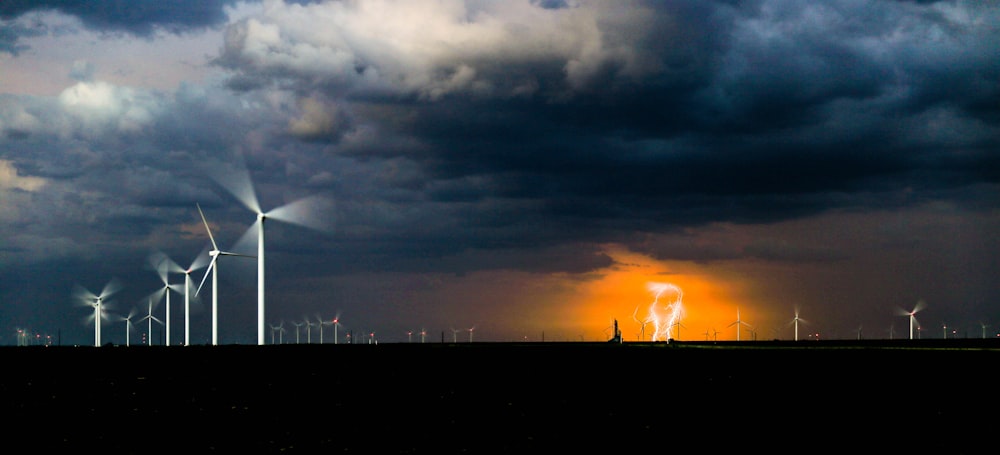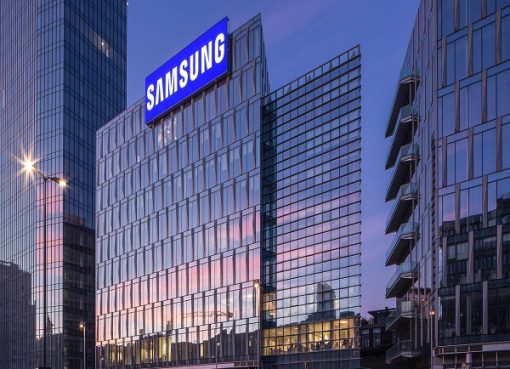At the onset of a huge recovery period, there is a transformational shift in how power is generated and delivered to commercial, industrial, institutional, and government/municipal customers. Distributed Energy Resources (DERs) have growing appeal in part because of the broad array of technologies available to generate power at or near the point of use, often with significant cost savings.
The energy market is fluid. As technologies improve, businesses are looking to gain greater control over their energy plan and electricity management, so they can focus more time and resources on their core mission. While companies operate with varying degrees of risk and different priorities, they are increasingly investing in distributed energy resources (DERs) to best position their energy and natural gas strategy for the future.
Some questions come to mind, thinking of DERs and utilities:
Why so many are investing in DERs?
What is it that makes DERs so reliable and feasible across the board?
What are their benefits, and do they take precedence over their risks?
What customers make of DERs, less and less as an emerging solution but rather as a solution that’s growing fast and a must-have?
Several considerations are apparent concerning the usage, drivers, and barriers for DERs among electric power users:
- Customers want more control over their cost of power, and they don’t want to spend capital or money on it
Customers want independence and control to choose their energy source. This requires a more holistic approach when planning a distributed generation future. Top challenges are cost and economics of implementation.
A study by NRG recently confirmed that, of all of their responding clients, 87% cited cost savings as one of the top drivers for deploying DERs into their power system strategy. Our customers are knowledgeable about their energy spend; they know if they can reduce usage during peak hours, they can save money while simultaneously adding resiliency to their equation. While implementing onsite power generation can seem challenging at first, many businesses quickly realize how feasible it actually is when we sit down and hash out the logistics. The study also pointed to initial deployment costs as the main reason for hesitation. However, once installed, businesses save money where they never have before (e.g., conserving energy, modifying consumption, and managing load better during crucial times).
Of NRGs’ United States customers polled in 2020, respondents deployed an average of three DER types each. An impressive 75% of our respondents use solar as their primary DER, 66% use EV charging infrastructure, and 50% employ demand response. These are testaments to how versatile DERs can be. And although a manager may think that their business is too critical to employ technologies like DERs, our knowledge base and ability to take a deep dive into individual business models allow us to tailor a DER solution to fit whatever needs a customer may have.
- Customers are confused by their choices of power
DER choices are plentiful and the technologies that enable them are complex. In many cases, how to select the best, most cost-effective option for onsite power to meet their specific needs is unclear to many and often requires guidance from experts.
A DER partnership model where products and public services are provided by a single source is heavily favored. Successful relationships will be collaborative and have multiple components of product knowledge, forecasting, market savvy, and technical know-how.
- Customers see DERs as a means to have more control over their power
Customers are considering a variety of models to deploy DERs, moving from owning and operating their own assets to partnering with outside suppliers, including more sophisticated energy providers such as DER product and service providers and ESCOs. These customers may benefit from a single partner for both supply and demand.
There is room for growth in the effective deployment of DERs. A majority of respondents report less than one-third of their load is currently offset by distributed energy.
DERs are trending heavily upward, but there is immense room for growth. A majority of end-users cans offset a third of their load with some type of distributed energy. One of the reasons they are gaining popularity is because they educate customers while also helping them save money. Once a DER is employed, the energy manager will have real-time information on their energy spend, so they will see new trends in their usage and develop a more widespread understanding of how it ties into their business model.
.png)
- DERs are the best antidote to power outages
DERs are seen as a way to mitigate the effects of power outages. With resiliency and reliability as top concerns, having a back-up power source during a primary grid emergency has become a factor in power management decisions.
Even as resiliency concerns grow, few perform risk analysis, have calculated the actual costs, or know the true impact on their business.
Getting ahead of a power outage can save business millions of dollars. Extreme weather, power surges, and unforeseen circumstances can all lead to costly situations that could jeopardize your business’s integrity and its ability to serve its customers. Without some type of DER, companies rely 100% on the resiliency of the grid. So, if there is a widespread blackout, you will lose power and have to wait until it is ready to come back online. By adding an onsite power generator, your business can predict when an outage may occur and mitigate its effects by switching over to a localized battery storage system or power source instead of relying solely on a power plant.
- DERs can help achieve renewables/sustainability goals
DERs can be an effective means to achieve renewable and sustainability goals, as meeting these targets are a driving force for more and more organizations.
Emissions reduction and renewable resources goals have emerged as a leading driver for DER adoption.
Meeting emission reduction targets/goals increased in North America as a driver of allocating DERs from 52% in 2019 to 69% in 2020. This signals two things: 1) businesses are much more invested in their sustainability goals, and, 2) they are making actionable strides to meets those goals. So, feasibly investing in DERs is correlated with setting ambitious sustainability goals. For example, respondents who are currently considering the deployment of energy storage and microgrids — two technologies poised for growth — have higher-than-average rates in setting goals. It doesn’t stop there, though. As a business becomes more knowledgeable about their energy usage and how they can shift reliance to and from the grid, they are able to adopt sustainability goals that position themselves and the environment well into the future.
As work-in-progress conclusions, we can say that customers are increasingly expressing interest in taking control of decisions regarding how and where they get their power. Additionally, they do not expect to spend capital to get it and are looking for real value in new deployments. So, in 2021, with the recovery ramping up, we might see an increase of end-users that feels they must have DERs in their energy mix. All utilities and stakeholders need to be prepared.
Source: Energycentral











